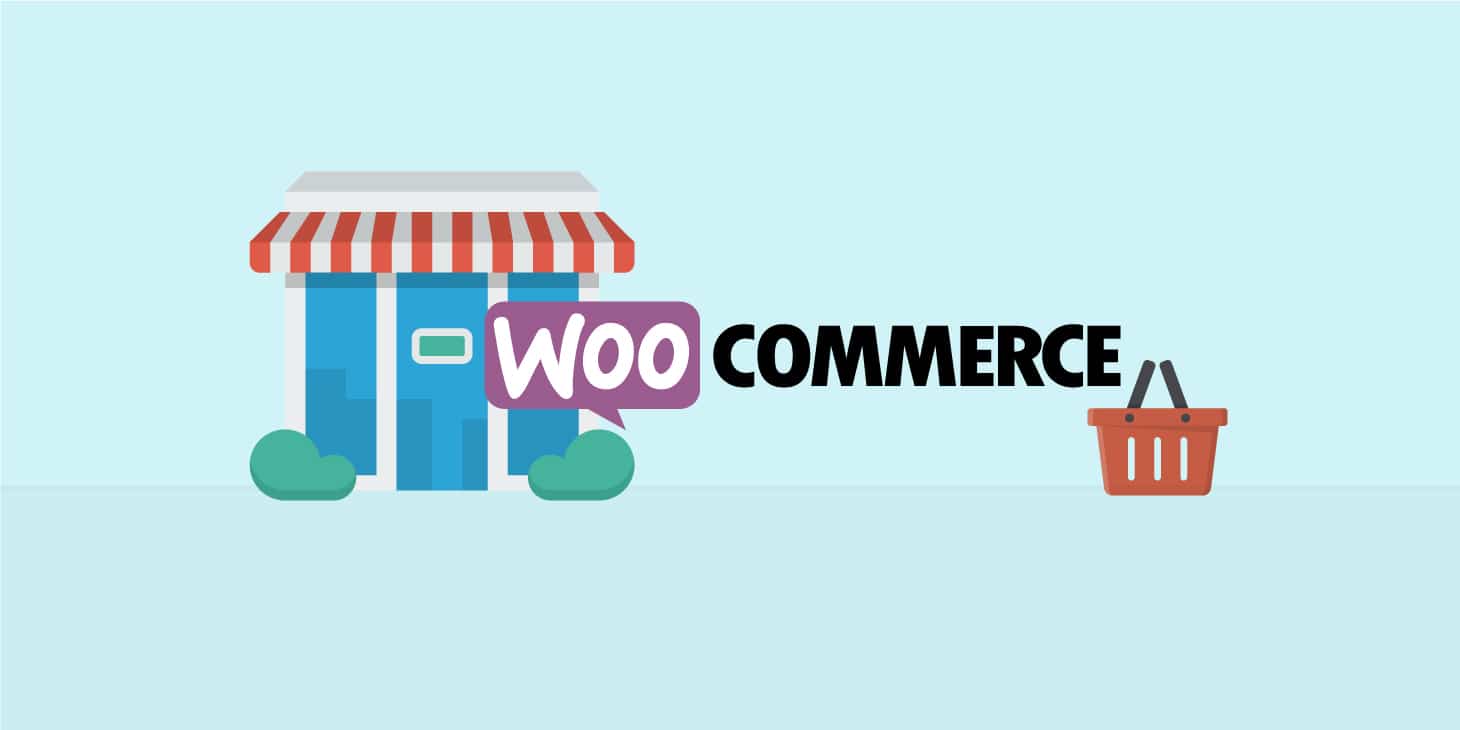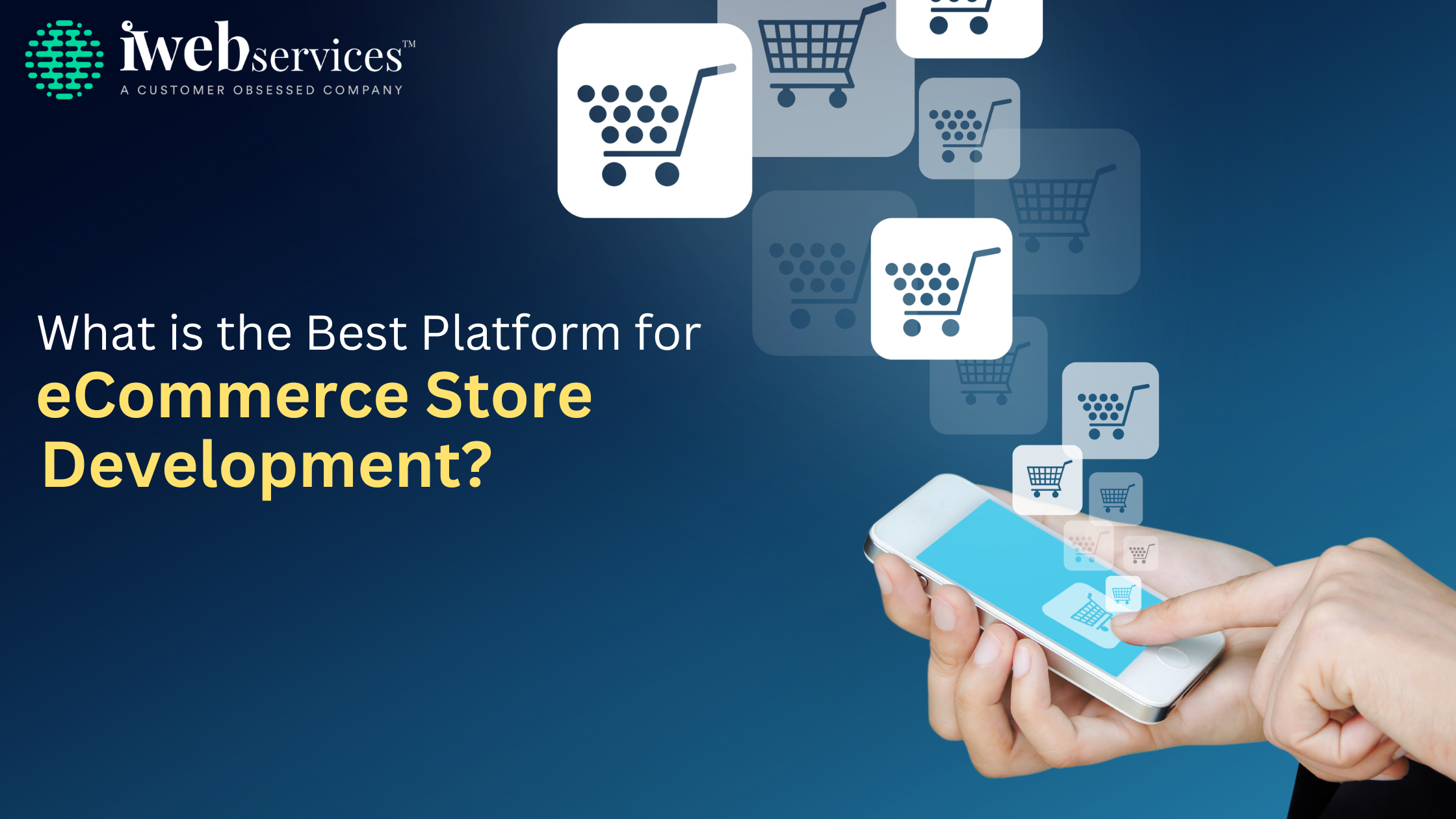I mean, for sure, one car is always going to be the best suited for your specific needs, and another car is going to be the best for someone else’s needs. The point is there’s no universally best car for everyone. I’m sure we all can agree on that.
This is the exact same story with the best eCommerce platforms.
Saying that either one of them is the best all-around eCommerce solution for everyone, regardless of what business they run, would just be crazy. There are always differences, trade-offs, features which are important for some businesses and completely unimportant for others, etc.
Sounds like common sense. Right? On second thought, though it might not be the case at all.
Now that you have a better idea of why it is difficult to select the best e-commerce platform, it’s time to talk about what’s already out there. In the following, we will go over the pros and cons of some of the most popular e-commerce platforms
WooCommerce eCommerce Solution
WooCommerce is one of the most used and user-friendly eCommerce management solution out there. According to Datanyzean, it has an astonishing 28.33% market share across all eCommerce solutions, It is an open source eCommerce platform and a dedicated WordPress plugin. The latter means that you should have an active WordPress website to utilize that platform. Thus it is super popular among bloggers and SMEs!

Let’s have a closer look at what WooCommerce offers.
Pros of WooCommerce
- In terms of design WooCommerce comes prepacked with Storefront which has a free standard theme.
- Following are some of the customization and design features that are included within:
- It has a huge range of additional themes which you can customize even the buy button
- You can easily embed products on any page with shortcodes
- You can split products into different categories and can mention product ratings and reviews there.
- You can customize your store based on location
- You can showcase unlimited products and their images.
- When it comes to selling your goods WooCommerce offers a huge range of features tailored to make the selling experience feel like a breeze!
- You can Sell both digital and physical products
- There is also an option to add affiliate products directly to your store
- Unlimited product variations
- It has a large range of Shipping options and rates(even free shipping) along with several tax options which makes WooCommerce highly desirable.
Cons of WooCommerce
WooCommerce is now lagging behind with its template offers. While they have caught up, users only get to choose from only seven free templates. Premium themes can also there but they are a bit expensive. Unfortunately, the design customization is not always user-friendly.
WooCommerce has no native POS features and comes with a sales limit on your plan. It’s quite expensive to get advanced features like an abandoned cart saver.
Shopify
Shopify has become one of the most reputed names in the e-commerce sphere. It’s a fully featured hosted solution with millions of users. If the following information is not enough for you, We have also written a full article about it.
Pros of using Shopify
This e-commerce platform is easy to use and quick to set up. You just have to sign up with your email address and in a few minutes, you will find yourself building your shop and selling your products right away. Shopify intuitive interface makes it super easy to create products and it also includes SEO features such as title tag and meta description.
Shopify offers dozens of free elegant themes which are mobile-optimized. More theme options are available on purchase. The best part is that no coding is required to customize them, as you just need to use your mouse to make changes.
The platform offers top-notch support via phone, email, live chat and Twitter on which there are available 24/7. That is after the detailed documentation and online forums where you can get assistance from other users.
Shopify supports a lot of third-party payment gateways and has a large app marketplace with over a thousand options to add this functionality to your site with a few clicks.
Finally, they also offer additional sales channels by providing you with the software and hardware to sell your product inside physical store locations, social selling and integrating it with online marketplaces like Amazon.
Cons of using Shopify
One of the biggest drawbacks of Shopify is that costs can easily increase. After the base fee, you have pay for many plugins, themes, and features. Some are one-off payments, some are monthly and some will be yearly. Plus, there are transaction fees if you are not using their built-in payment system. All of this can all get a bit complicated and hard to plan.
Another disadvantage in terms of customizing your website is that Shopify uses its own markup language which is known as “Liquid”. It is based on Ruby on Rails which makes it hard for users to make changes if they are coding themselves.
Wix Stores
Wix is originally a website builder which allows you to create websites via drag and drop. On top of that, it includes a feature that allows you to build an online store.
Pros of using Wix Stores
Just like Shopify, this e-commerce platform is quite simple to use and quick to set up. No prior coding required, you can literally drag content anywhere on your site with its user-friendly editor.
They have more than 500 templates specifically made for online stores and they even provide stock images which you can use right away.
Wix offers a fully featured shopping cart with all the functionalities you need. There are hundreds of apps in their official app market to further spruce up your website.
Also, the service is fully hosted so you don’t need to worry about this part.

Cons of using Wix Stores
What you need to understand, is that Wix is not a pure e-commerce platform and its e-commerce capabilities can be a bit basic.
It is first and foremost a website builder which is also capable of selling things. Therefore, you can’t change your site template once you have published your site, which is its biggest drawback.
Magento
Magento is one of the most popular open source e-commerce platform in the world. It is an open source software that you can download and install it on your servers. At the same time, it offers you a hosted cloud version, just like WordPress.com
Pros of using Magento
Since its a self-hosted solution, Magento gives you lots of control. If you have a piece of technical knowledge, you can change pretty much change anything you want in terms of functionality and design, additionally, you can choose your own server environment.
If you find the latter part out of your reach then, the cloud edition might be more useful for you. For that, you need to get in touch with their sales department to get a demo.
Whichever way you may go, you will get benefit from Magento’s long list of features and various options. There are multiple membership subscriptions, recurring payments, discounts and feature of adjusting content per user are just the tip of the iceberg.
You can extend the functionality of your site via the marketplace. There are various plugins and themes for all sorts of purposes, from customer support to marketing, shipping and even for the site optimization.
The platform capable of managing the multilingual websites as well. You can create separate sites for different languages. It has a strong community behind it which constantly keeps on improving the platform by developing new themes and plugins.
You will find this article useful: Is Shopify the Best e-commerce Platform
Cons of using Magento
For its Community Edition, all the downsides of the self-hosted platforms apply. You have to be prepared to take care of updates, security and everything else just to make sure that your website runs properly.
While Magento has a lot of features, sometimes it can be a little resource hungry. This will require you to invest time and money for into optimization.
The platform is written in PHP, so if you want to make meaningful changes, you need to have the necessary skills or else you have to hire someone for it. Either way, we can expect to invest in development.
Which E-commerce Platform is Best for You?
Standalone e-commerce platforms can be a great solution for starting an e-commerce site. They offer all the necessary features and specialized functionality to simplify the selling process.
Even after saying that choosing the best e-commerce platform is not an easy task. There are simply too many factors we need to take into account and as there are so many offers present in the market.
You should know beforehand what your needs and requirements are, then it is more likely that you will find a good fit.
Hopefully, this article has helped you in your decision.
If it has, how about we provide your NO-OBLIGATION Consultation for your newly opened shop?
Which e-commerce platform do you prefer and why? Let us know in the comments section below
 January 24, 2019
January 24, 2019







